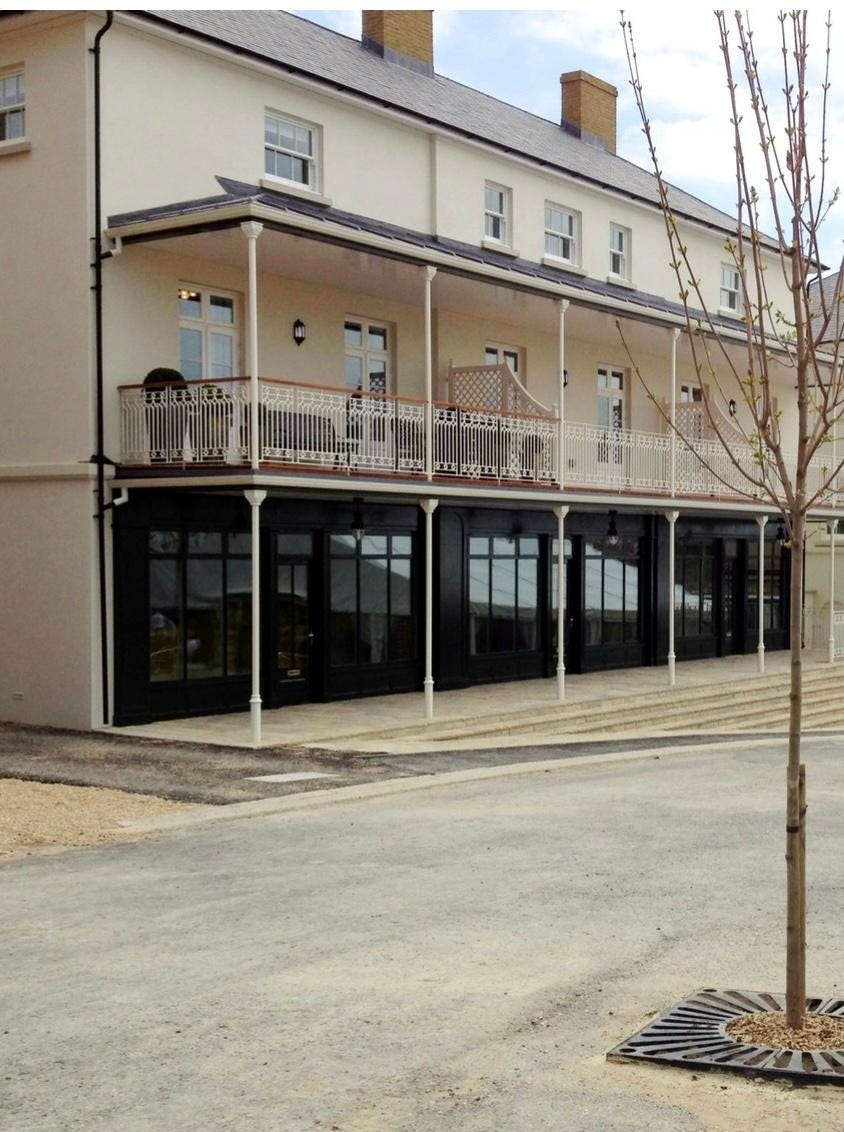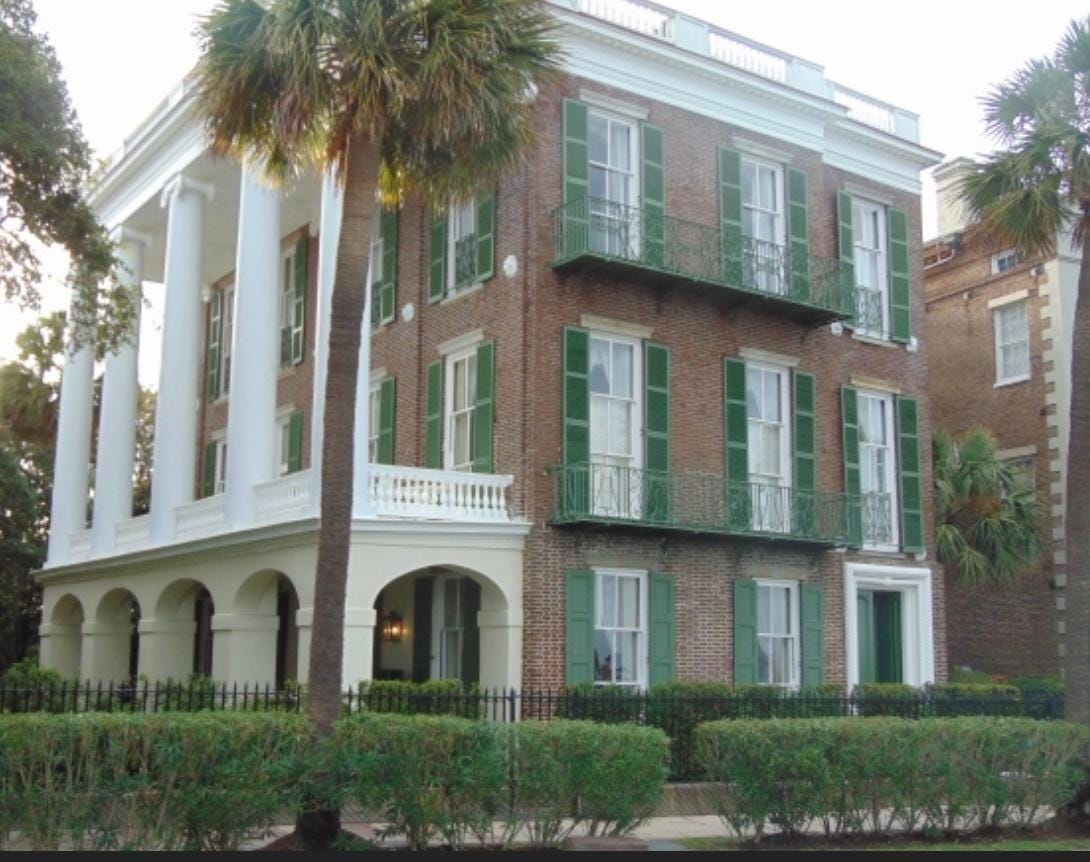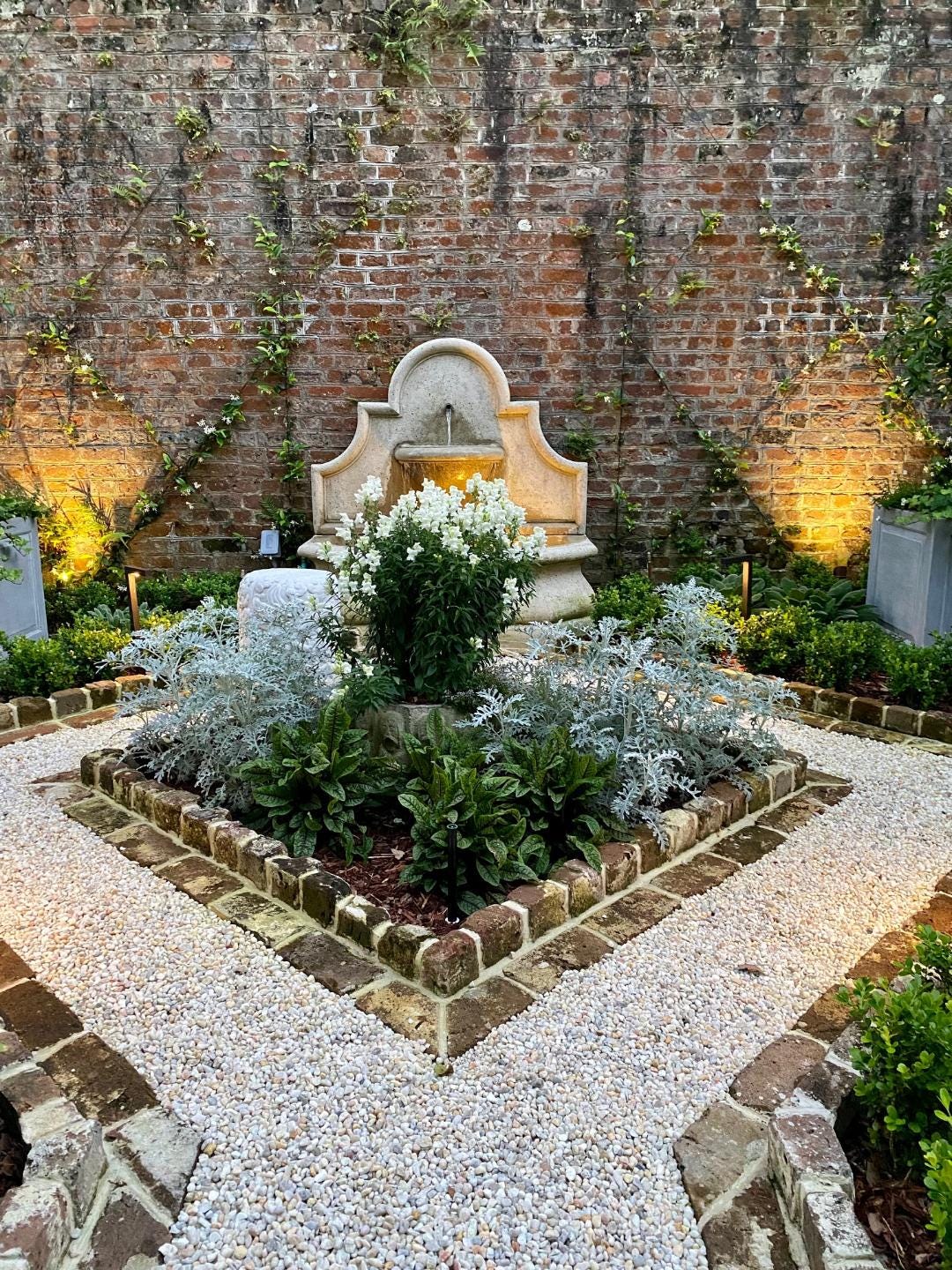King Charles III and his namesake American city
Remembering Prince Charles and his bond with Charleston, South Carolina
I’ve been in Charleston this week, giving a lecture about George VI and Elizabeth at the historic Charleston Library Society and soaking up the atmosphere of this gorgeous city that King Charles deeply admired. I’ll be writing from time to time about his decades-long connections with individuals and places in the United States and its many inspirations for his work as Prince of Wales. Charleston in particular captured his imagination, not only for its beauty, but for its emphasis on historic preservation and its enlightened urban planning.
It was founded as Charles Towne in 1670 after King Charles II, the “Merry Monarch,” who had twelve illegitimate children by seven mistresses! The city, which sits on a peninsula between the Ashley and Cooper Rivers, became renowned for its elegant antebellum architecture. There is a King Street as well as a Queen Street, named for Queen Caroline of Anspach, King George II’s Queen Consort.
Prince Charles made a fleeting visit to Charleston in 1977 when he hop-scotched from coast to coast touring a half dozen cities. More than a decade later, in February 1990, he was back, not only to take a closer look at the traditional buildings he revered, but with a bold agenda that included some of his more outspoken remarks on the role of business in modern life. Although as King Charles he will be constrained from speaking so pointedly, his impulse to “join up” remains, and can offer hints about how he may carry out his new role as monarch.
He had already founded Business in the Community in London following the 1980s Brixton Riots to persuade corporate leaders to engage in what he considered responsible capitalism—working with communities to revive decaying urban centers and conserve the environment. Now the Prince of Wales was using the “convening power” of Business in the Community to bring more than 100 top business executives from around the world to Charleston, which had recently suffered $6 billion in damages from Hurricane Hugo
With Charles as their cicerone on a walking tour of the city’s narrow old streets, the business leaders learned about the virtues of a traditional community, with its human-scale buildings, gardens, and parks. He also challenged them during their two-day conference to consider a “new deal” for capitalism
“Business is at a crossroads,” he said. “Does it enter new markets like the cowboys of the new frontier or does it take a rather more sophisticated approach which leads to continued, rather than short-term profit?” He praised Charleston’s government and business leaders for working together to rebuild after the hurricane, and he singled out plans for affordable housing to be incorporated into existing neighborhoods rather than segregated as soulless high-rise apartment blocks. Given escalating property values in the historic quarter of the city, those proposals unfortunately proved to be unrealistic.
But Charles did carry out a similar approach to urban design years later in Poundbury, the model new town he pioneered in Dorset, where subsidized rentals are indistinguishable from privately owned homes. Some houses in Poundbury even echo what the Prince saw in Charleston, with wrought iron balconies off second floor sitting rooms.

Charles’s host in Charleston was the Wall Street financier and avid historic preservationist Richard Jenrette, whose 19th century Roper House is one of the city’s most striking landmarks, with its grand two-story colonnade. Charles’s choice front bedroom on the third floor overlooked Charleston Harbor and Fort Sumter. As Jenrette wrote in his book, Adventures With Old Houses (featuring a foreword by Prince Charles), “from a big four-poster bed, one looks directly to the Atlantic Ocean through tall windows that extend to the floor, with the original wrought-iron balconies framing the view.”

The Prince marveled in his foreword that only four months earlier, Hurricane Hugo had “brought five feet of water into the first floor of the mansion and totally washed away the adjoining garden.” Richard Jenrette threw every possible resource into making Roper House fit for the future king. The house was re-plastered, rewired, and repainted, and a new garden featured mature palmetto and magnolia trees that had been hauled over the garden wall in the middle of the night.
Jenrette said after the visit by the Prince of Wales, “Charleston was very much to his liking. He said the city had a wonderfully human scale—and a good name.”








